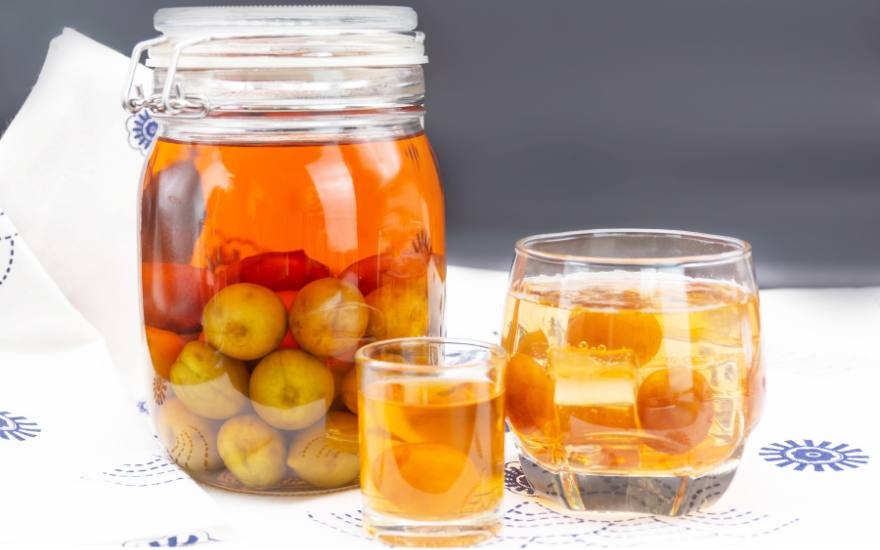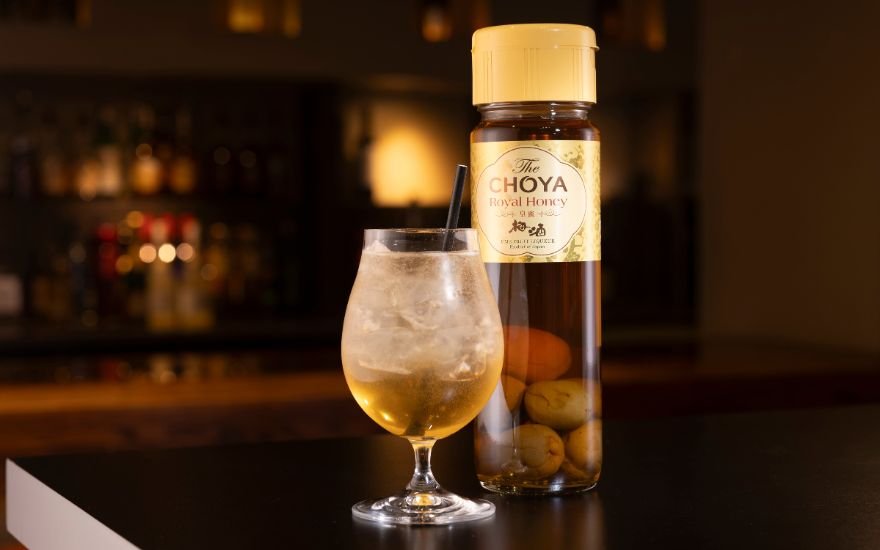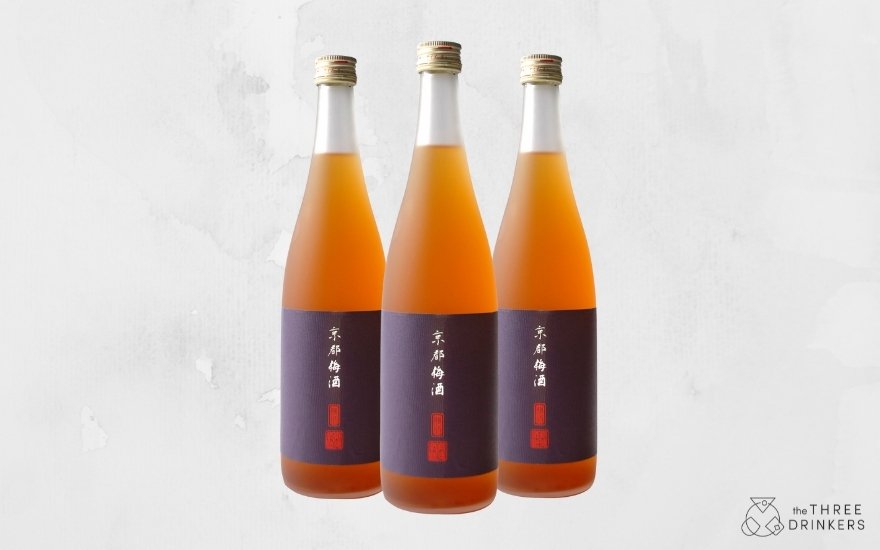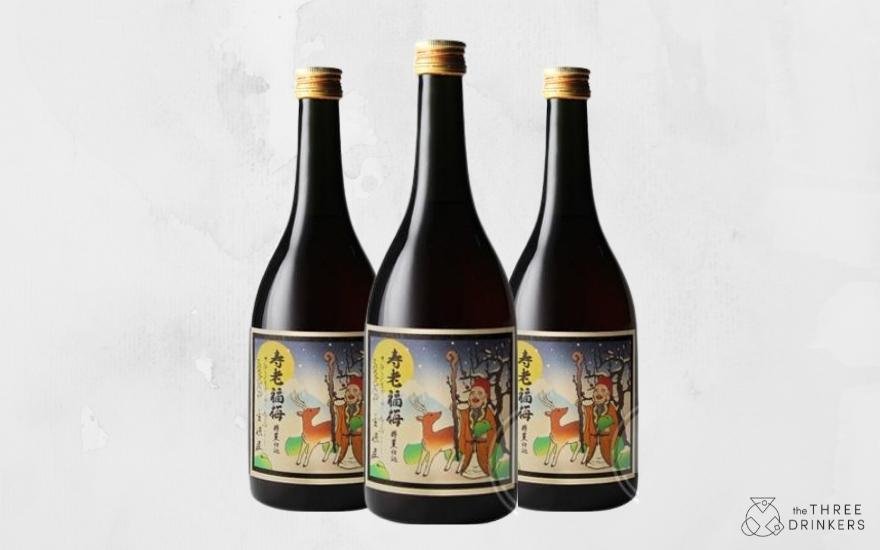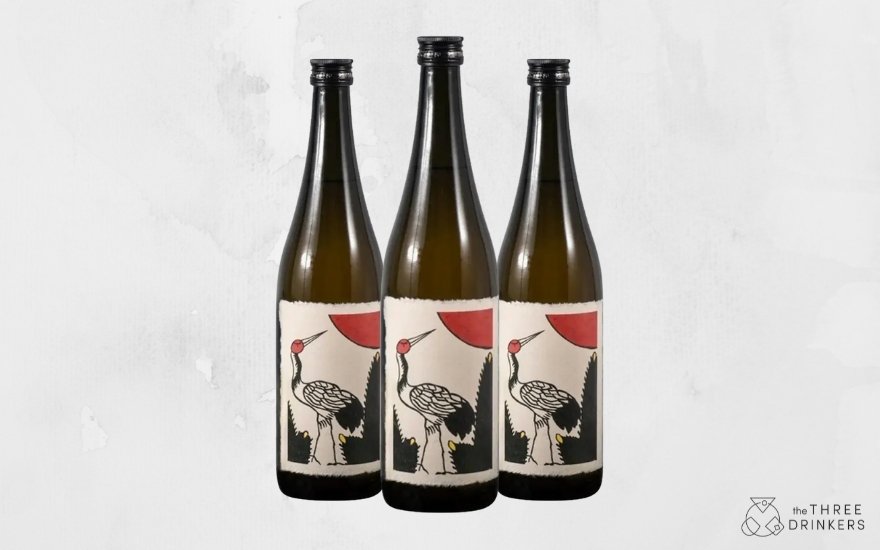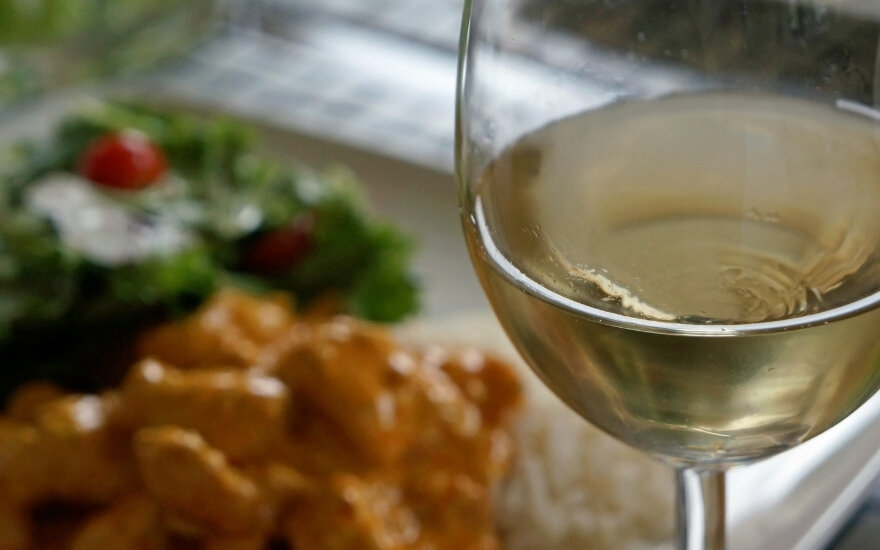Has this ever happened to you? You love Japanese food. Sushi, ramen, gyoza, and katsu make your mouth water and your tummy rumble. You potter on down to your favourite local Japanese restaurant, sit down with the all too familiar menu and find yourself pursuing the delights of the drinks menu. Something new catches your eye on the menu, it might be listed as ‘plum wine’. You ask yourself: what on Earth is Japanese Plum Wine? So you order. A delightfully sweet, tart and elegant beverage finds its way to your table, and you’re hooked!
Whether you fall into the above category or you're simply an enthusiast for the wonderful niche spirits and liqueurs of the world, today we ask the question, What is Umeshu? Commonly referred to as Japanese Plum Wine, although that’s not really an accurate descriptor. Let’s dispel some myths, find out if it's for you, and hopefully introduce a whole new world of delightful drinks.
Is Umeshu For You?
Umeshu covers a wide scope of flavours, but there are still things you can expect that might help answer if this is even for you. After all, nobody wants to spend money on things they ultimately will not enjoy. Here is a baseline list that might help you make your mind up. Umeshu is for you if:
You love some bubbles.
You enjoy dessert wines - since Umeshu is actually a liqueur, it’s quite sweet.
You enjoy notes of exotic fruits and citrus - and, obviously, plum.
You’re looking for something new to spice up your drinking life.
You love exploring the flavours of different cultures.
Umeshu for Beginners
The first notions of Umeshu date back around 300 years - relatively recent in the scope of drinks history - and are found in an incredibly old Japanese cookbook. The exact history is a mystery, however it’s safe to assume that the above-mentioned time-frame is about right, as sugar was a commodity only for the rich in those times in Japan. As such, only the wealthy would be drinking anything with sugar. Umeshu can actually be traced further back in China, where plum liqueurs were a well established elixir.
It’s worth noting that while Umeshu is commonly referred to as “Plum Wine”, the production method is not a wine at all! Umeshu is actually a liqueur, but it certainly can be, and often is, drunk like wine. It can easily be made at home, and is a household staple for many Japanese families. Different regions have their own traditional recipes, and there is plenty of scope for experimentation, unlike certain other liqueurs and wines that have very strict rules about their creation.
Umeshu is made using unripened “ume” plums and sugar, and then steeped in a pre-made liqueur. Anything can be used, however potato-based shochu is most common for household recipes. They’re then fermented in airtight containers until ready to serve. Did you know? Ume fruits are actually poisonous if eaten raw, but completely safe to consume once fermented.
Common UMESHU Terms and Phrases you Should Know
It is common to add other fruits to get more complexity, and these additions will be labelled on the bottle. As is the case with many Japanese spirits and liqueurs, labelling terms can be complicated. We’ve broken down the terms you’ll find on Umeshu bottles:
Nigori: These Umeshu are unfiltered, which essentially just makes them cloudy. Expect these to be a little bolder, and a smidge funkier.
Genshu: Genshu is a particularly intense, rich form of Umeshu that has no added water.
Koshu: Like many good wines, spirits and liqueurs, Umeshu benefits from ageing. Koshu simply means that it’s been aged. This adds depth, complexity and mellows out some of the harsher flavours.
Sparkling: This is self explanatory, but sparkling Umeshu is delightfully bubbly and rivals even the liveliest natural wines.
Umeshu can be enjoyed neat, over ice or in cocktails. Best served chilled, straight out of the fridge.
Five Bottles of Umeshu to Start you off
So now you know what to look out for! But where to start your Umeshu journey? Read on!
Gekkeikan Umeshu
This bright, bold Umeshu uses fully ripened ume plums (an uncommon production method) to create a delightfully sweet Umeshu completely free from any bitterness. Super citrus-forward, peachy and sweet without being too syrupy. Gekkeikan use Sake as the base for their Umeshu, and delight in providing truly unique liqueurs that can be enjoyed in cocktails or as an aperitif.
Size: 450ml
ABV: 19%
Where to Find: Japan Centre - £17.95
Umenishiki Umeshu
Made and bottled in the Ehime prefecture of Japan, Umenishiki pride themselves on their locally sourced ingredients and high quality Ume Plums to make only the best products. A beautiful and elegant Umeshu with bold fruity aromas and a deep colour which only hint at the delights that await the palette - bright, rich plums, exotic fruits and Sakura blossom. A particularly delightful sipper mixed with soda for a refreshing low ABV cocktail.
Size: 300ml
ABV: 7.5%
Where to Find: Japan Centre - £8.99
Nakatashokuhin Umeshu with Yuzu Citrus
By now you’ve learnt how creative you can get with Umeshu. A fine example of that is this extra tart Umeshu made with Kishu plums and the traditional Japanese citrus fruit of Yuzu. This easy-sippin’, mildly sweet and refreshing Umeshu is also balanced with malted rice to create a more mouth fulfilling texture and deeper flavour. Perfect for cocktails! Try making a traditional spritz cocktail with prosecco, soda and this Yuzu Umeshu.
Size: 300ml
ABV: 12%
Where to Find: Japan Centre - £14.69
Umenishiki Umeshu with Whole Ume Plums
Want to dip your toes in Umeshu? This deeply inexpensive sample bottle might be just the place to start! This adorable bottle actually comes with the ume plum inside for you to enjoy, which further contributes to the extra intense sweet and sour flavour to be found inside. Don’t be put off by how small this bottle is, it’s actually of the highest quality and free from artificial sweeteners!
Size: 110ml
ABV: 14%
Where to Find: Japan Centre - £4.88
Hakutsuru Umeshu
A best-selling bottle on Amazon, Hakutsuru is a fantastic full-sized bottle of Umeshu to share with friends and get you started with Umeshu. Made using traditional pickling techniques and boasting decadent aromas and a full-bodied, fruit heavy flavour. A perfectly sweet umeshu that hits all the beats one might expect from a high quality Umeshu, without the high quality price tag.
Size: 750ml
ABV: 12.5%
Where to Find: Japan Centre - £15.45
Looking to explore more niche wines? Perhaps something a little more dry, organic and with an ancient history? Check out this article all about orange wine.
By Miley Kendrick

